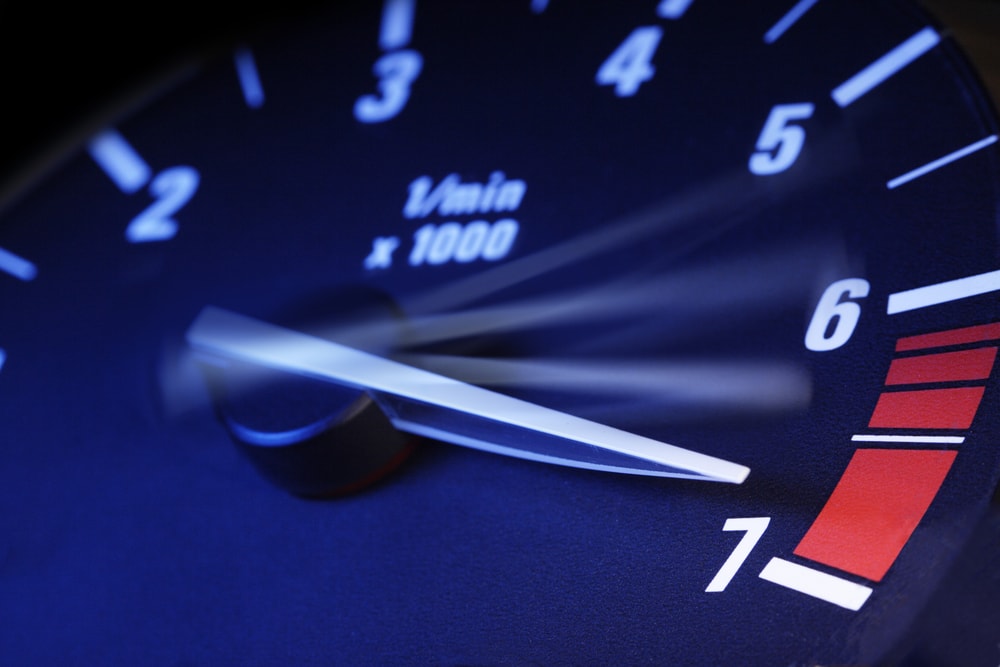Just how to Select the Right Tachometer for Your Cars And Truck or Motorbike
Just how to Select the Right Tachometer for Your Cars And Truck or Motorbike
Blog Article
The Relevance of a Tachometer in Monitoring Engine Rate and Performance in Automotive Applications
In the realm of auto engineering, the tachometer stands as a crucial instrument in the vehicle driver's arsenal, supplying a direct home window into the internal workings of a lorry's engine. Past its feature as a mere scale of changes per min (RPM), the tachometer offers as an important tool for fanatics and specialists alike, supplying real-time insights into engine efficiency and health and wellness.
Relevance of Keeping An Eye On Engine RPM
Keeping an eye on engine RPM, or changes per minute, is a critical element of automobile maintenance and performance evaluation. Engine RPM straight correlates with the rate at which the engine's crankshaft revolves, showing exactly how quickly the engine is running - tachometer. By checking RPM, auto mechanics can evaluate the wellness of the engine, detect prospective issues, and fine-tune performance. An abnormal RPM reading might signify issues such as engine misfires, malfunctioning ignition system, or problems with the fuel delivery system. Regularly high RPM readings could suggest aggressive driving practices or the requirement for a greater equipment shift to enhance gas performance.
In addition, checking engine RPM is necessary for performance evaluation in racing and high-performance lorries. Maintaining optimum RPM degrees is critical for attaining peak power output and velocity. Racers usually use tachometers to ensure they are operating within the optimal RPM range for optimum efficiency. In recap, checking engine RPM is not just vital for discovering issues but likewise for optimizing engine efficiency in various automobile applications.

Advantages of Real-Time Data
In automobile applications, real-time information plays a crucial duty in giving instant understandings right into the performance and condition of the vehicle. By continuously monitoring different criteria such as engine rate, temperature, gas consumption, and more, real-time data offers various advantages that add to enhanced effectiveness and security on the roadway.
One significant advantage of real-time data is its capacity to sharp vehicle drivers and specialists to any kind of anomalies or issues quickly. This positive method allows fast recognition of possible troubles, permitting timely interventions to stop further damage or breakdowns. Additionally, real-time data promotes efficiency optimization by offering instant responses on driving habits and engine efficiency. Motorists can change their actions in real-time based on this details to achieve far better fuel economic climate and lengthen the life expectancy of their car.

Moreover, real-time information plays an important role in modern-day automotive diagnostics, making it possible for service technicians to rapidly identify and deal with breakdowns. This leads to reduced downtime, reduced maintenance expenses, and ultimately, enhanced general car reliability and long life (tachometer). By utilizing the power of real-time data, auto stakeholders can make enlightened choices that favorably influence both the performance and durability of the car
Impact on Equipment Shifts
Effective gear shifts in automotive applications significantly affect overall efficiency and driving experience. The tachometer plays an essential duty in maximizing you can check here gear shifts by giving real-time engine speed information to the vehicle driver. When coming close to the redline on the tachometer, it signals the chauffeur to upshift to avoid over-revving the engine and creating possible damages. On the various other hand, downshifting at the best moment can aid keep the engine in its power band, ensuring receptive velocity when needed.
Furthermore, the tachometer aids in achieving smoother gear transitions, especially in hand-operated transmissions. By monitoring engine speed, chauffeurs can carry out equipment shifts at the optimal RPM range, lowering snagging movements and decreasing endure the transmission parts. This precision in equipment adjustments not just improves driving comfort however additionally adds to sustain efficiency.
Enhancing Gas Effectiveness
Given the essential function the tachometer plays in maximizing equipment shifts for performance and engine health and wellness, it straight contributes to making the most of fuel performance in automobile applications. By offering real-time feedback on engine rate, the tachometer helps chauffeurs in keeping one of the most effective RPM array for fuel economy. When chauffeurs continually check the tachometer and adjust their driving routines appropriately, they can prevent unnecessary fuel consumption brought on by over-revving or carrying the engine.
In addition, the tachometer helps chauffeurs determine the most fuel-efficient equipment to be in at any given minute, preventing the engine from functioning harder than needed. In conclusion, the tachometer serves as an important tool in enhancing gas performance by advertising optimal driving practices and recognizing locations for renovation in the automobile's performance.

Optimizing Engine Longevity
The tachometer's duty in keeping an eye on engine speed and performance is instrumental in making sure the durability of automotive engines. Keeping an eye on read the full info here the tachometer allows chauffeurs to remain within the recommended RPM range for their car, avoiding unneeded pressure on the engine and extending its lifespan.

Final Thought
Finally, the tachometer plays an important duty in keeping track of engine speed and efficiency in auto applications. By supplying real-time data on RPM, it allows for reliable gear shifts, enhanced gas effectiveness, and optimized engine long life. This tool is vital for keeping ideal engine performance and guaranteeing the general performance of an automobile.
Report this page